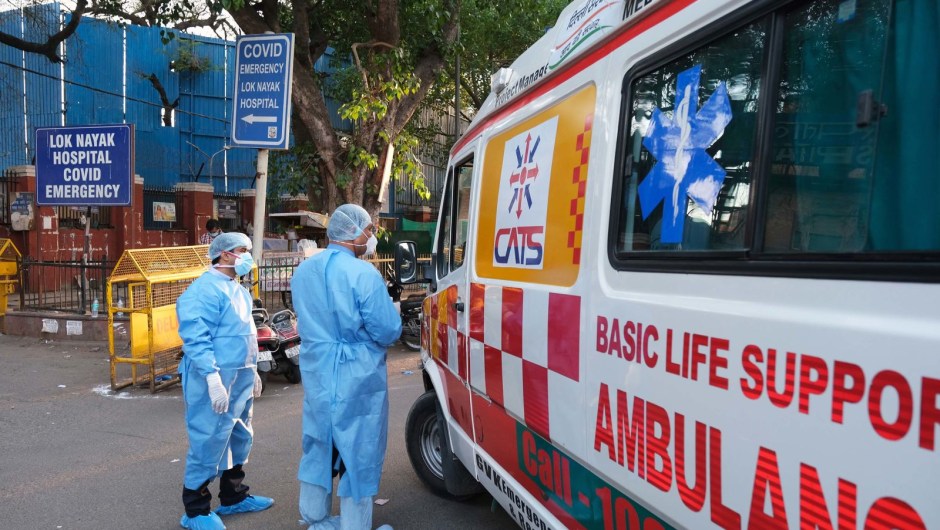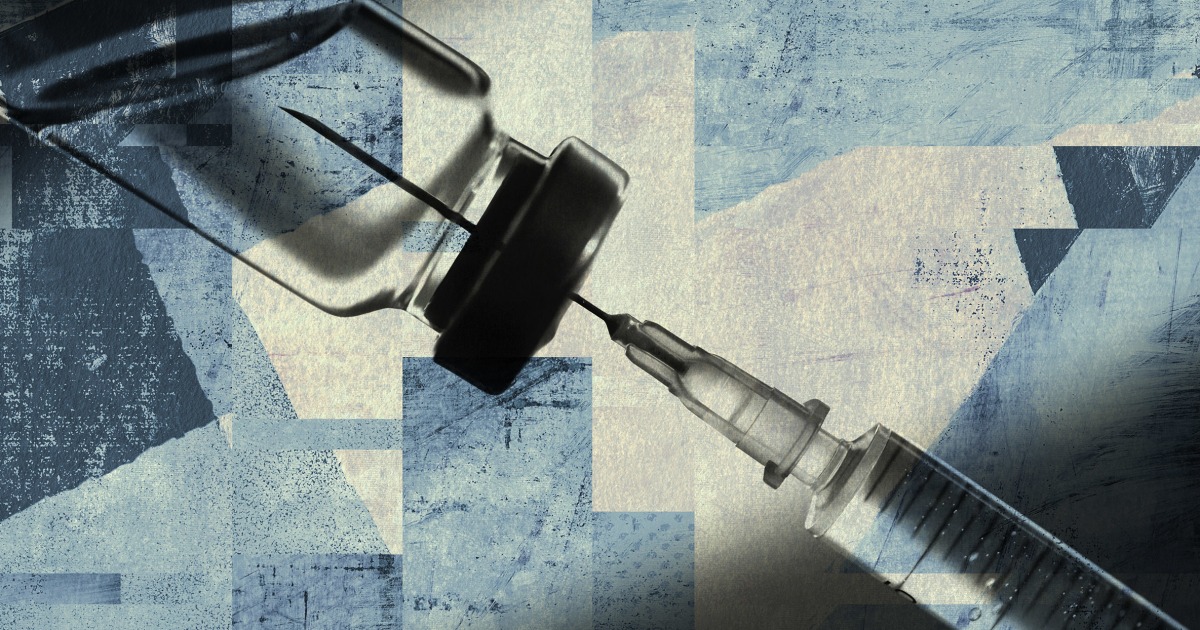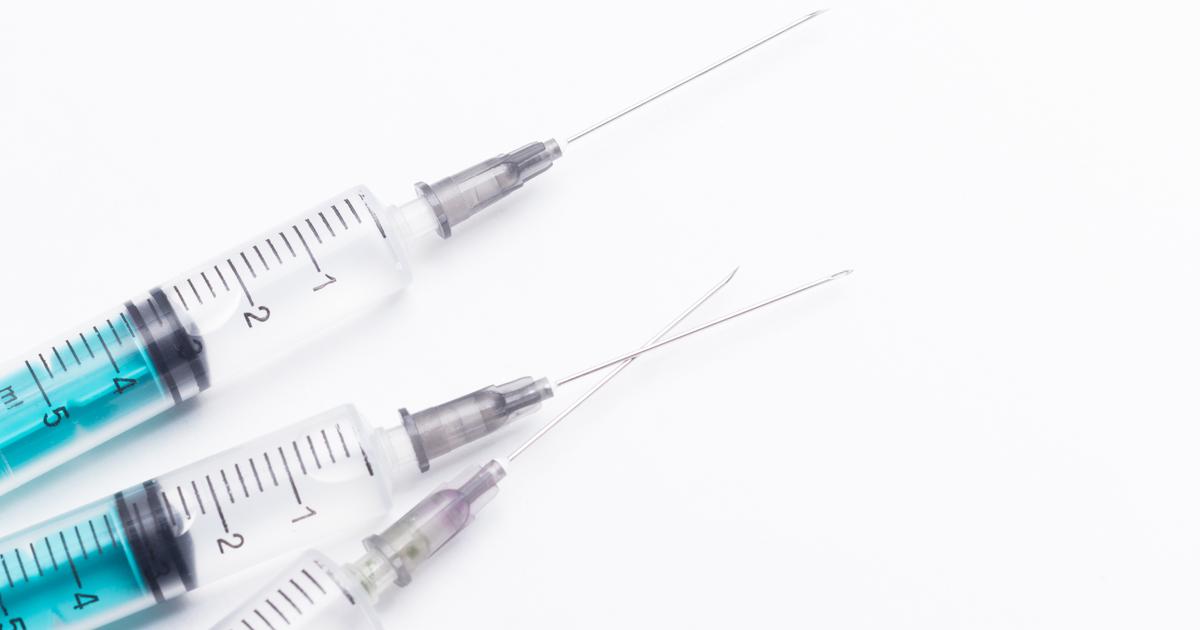Deaths in India from covid-19 would be 10 times higher 3:04
New Delhi (CNN) -
More than two-thirds of India's population may have antibodies to COVID-19, according to a new serological assessment published Tuesday, which provides even more evidence that the virus may have spread much more widely from what the official figures suggest.
About 67.6% of screened Indians older than 6 years showed antibodies, according to the national study, which was conducted between June and July by the government-run Indian Council for Medical Research (ICMR).
The survey covered 70 districts in 21 states, with 28,975 participants.
Our immune system develops antibodies induced by vaccination or in response to infection.
The majority of survey participants, 62%, had not received a vaccine;
about a quarter had received their first dose.
India Identifies Covid-19 Delta Plus Variant, Says It's Worrying
Millionaires earn more in the pandemic, according to Bloomberg 0:56
The study marks a dramatic leap from a few months ago: At the beginning of the year, less than a quarter of participants showed antibodies, according to the latest national serosurvey.
But in the months between the two surveys, India was devastated by a second massive wave, which overwhelmed the medical system and left people dying outside hospitals, waiting for oxygen or an available bed.
The wave lasted from April to June, infecting millions and killing tens of thousands.
advertising
The study findings, combined with slow vaccination, raise concerns about the possibility of a third wave of infections, according to ICMR director general Balram Bhargava.
"More than half of the children (ages 6 to 17) were seropositive and seroprevalence was similar in rural and urban areas," he said, but "states, districts, and areas without antibodies are at risk for waves of infection." , which means that around 400 million people will remain vulnerable if a third wave arrives.
Thousands of people received saline instead of a COVID-19 vaccine in India
Millionaires earn more in the pandemic, according to Bloomberg 0:56
Active immunity, which means protection against disease, is often measured by the presence of antibodies, proteins in the blood, produced by the immune system to help fight infections, acquired through previous infection or vaccination.
Vaccines have rebounded in the past two months after the second wave began to wane, but the country is still not getting anywhere near its targets.
So far, only 6.35% of India's 1.38 billion people have been fully vaccinated, according to data from Johns Hopkins University (JHU).
And the country is still reeling from the second wave.
Although daily new infections and the number of active cases have steadily declined, government officials now repeatedly warn the public against complacency.
"I would like to emphasize today that in hill towns and markets, large crowds not wearing masks and not following protocols is a matter of great concern," Prime Minister Narendra Modi said last week, after they turned up. photos of tourists mocking covid protocols in vacation destination cities.
"This is not OK".
1 of 23
|
Umar Farooq mourns at the grave of his mother, who died of coronavirus, after her burial in a cemetery in Srinagar on April 26, 2021. TAUSEEF MUSTAFA / AFP via Getty Images.
2 of 23
|
Health workers reject an ambulance at the main entrance of Lok Nayayak Jaiprakash Hospital in New Delhi on Sunday, April 25.
Many hospitals in the capital face shortages of supplies.
Narayan / Bloomberg / Getty Images
3 of 23
|
A relative of a Covid-19 victim is comforted by another during a cremation in Jammu on April 25.
Channi Anand / AP
4 of 23
|
People wait to recharge their oxygen cylinders at a refilling station in Allahabad on Saturday, April 24.Sanjay Kanojia / AFP / Getty Images
5 of 23
|
A man inspects an intensive care ward after a covid-19 hospital fire broke out in Virar on Friday, April 23.
At least 13 covid-19 patients died.
Rajanish Kakade / AP
6 of 23
|
This aerial photo, taken with a drone, shows a mass cremation in New Delhi on Thursday, April 22.
Danish Siddiqui / Reuters
7 of 23
|
Ambulances carrying COVID-19 patients line up in front of a government Hospital in Ahmedabad on April 22.
Ajit Solanki / AP
8 of 23
|
People line up for vaccinations at an indoor stadium in Guwahati on April 22.
Biju Boro / AFP / Getty Images
9 of 23
|
Several funeral pyres are burned in New Delhi on April 21.
AP
10 of 23
|
A relative of a COVID-19 victim cries during a cremation in New Delhi on Tuesday, April 20.
Naveen Sharma / SOPA Images / LightRocket / Getty Images
11 of 23
|
Police officers patrol a deserted street in New Delhi on April 20.
The city is closed until May 3.
Ganesh Chandra / SOPA Images / LightRocket / Getty Images
12 of 23
|
Signs inform people that a vaccination center in Mumbai ran out of vaccines on April 20.
Rafiq Maqbool / AP
13 of 23
|
Migrant workers crowd the Kaushambi bus station on April 19 trying to return home after a confinement order was announced in the capital.
Amarjeet Kumar Singh / SOPA Images / LightRocket / Getty Images
14 of 23
|
A woman expects to receive a COVID-19 vaccine in Mumbai on April 18.
Rafiq Maqbool / AP
15 of 23
|
Relatives of a COVID-19 victim mourn for their loved one outside a government hospital in Ahmedabad on April 17.
Ajit Solanki / AP
16 of 23
|
Migrant workers line up at a train station to leave Mumbai ahead of the April 14 lockdown.
Stringer / Getty Images
17 of 23
|
People gather in a Srinagar mosque on the first day of Ramadan on April 14.
Tauseef Mustafa / AFP / Getty Images
18 of 23
|
A Hindu priest puts a mask on an idol of the goddess Ashapura during Navaratri celebrations in Beawar on April 13. Sumit Saraswat / Pacific Press / LightRocket / Getty Images
19 of 23
|
Hindu men enter the Ganges River during the Kumbh Mela religious festival on April 12.
People also filled the streets of Haridwar for what is the largest religious pilgrimage on Earth, and the massive crowds generated concern.
Karma Sonam / AP
20 of 23
|
Protesters wearing protective suits lie on a street near the Election Commission office in Kolkata on April 7.
They were calling for the ongoing state legislative elections and their associated campaign rallies to be halted.
Samad / AFP / Getty Images
21 of 23
|
Children wear face shields in a martial arts class in Kolkata on April 5.
Dibyangshu Sarkar / AFP / Getty Images
22 of 23
|
Bharatiya Janata party supporters wear masks of Prime Minister Narendra Modi during an election rally in Sonarpur on April 3.
Samir Jana / Hindustan Times / Getty Images
23 of 23
|
Social distancing was not easy to achieve as people walked through a busy market in Old Delhi on March 27.
NurPhoto / Getty Images
Underreported cases and deaths
Healthcare workers and scientists have long warned that the actual number of cases and deaths is likely much higher than reported, pointing to the discrepancy between official figures and serosurveys.
So far, India has reported around 31.2 million confirmed cases, according to Johns Hopkins University, less than 3% of its total population and drastically lower than the proportion of respondents showing antibodies.
There are several reasons behind the reporting gap, including poor infrastructure, human error, and low levels of evidence.
Although testing rates have increased since the beginning of the year, there are different case reporting structures in different cities and states, and poorer residents may not be able to afford time off from work to get tested or travel to a facility. of tests.
Underreporting is prevalent in the most rural areas of the country, where there are often logistical problems, such as a lack of information in the national medical database.
A working paper released Tuesday by the US-based Center for Global Development found that the number of excess deaths reported in India during the pandemic could be up to ten times the official death toll, which which underscores how serious the underreporting problem is.
An estimated 3.4 to 4.9 million excess deaths were reported in India between January 2020 and June 2021, the document said, compared to the death toll reported by India's Ministry of Health of roughly 400,000.
When asked about the unreported deaths in parliament on Tuesday, Mansukh Madaviya, India's newly appointed Health Minister, said the government "has no reason to hide the deaths."
"Many people have said that the Indian government is hiding the death toll, the Indian government just compiles and publishes the figures that state governments send us," he said.
The study was based on three different estimates of excess deaths, using seroprevalence studies from India, excess death data from the Indian civil registration system, and mortality surveys from the Center for Monitoring the Indian Economy. .
The country's conflict with more Asian elephants 1:03
Each of these estimates has its limitations, and the number of excess deaths reported does not necessarily equate to specific deaths from covid, the study acknowledged.
But he concluded that the first wave of the pandemic was "more lethal than popularly believed" and that his estimates show a higher number of excess deaths reported during the first wave than in the second.
"Regardless of the source and estimate, the actual deaths during the covid pandemic are likely to have been greater in magnitude than the official count," the study noted.
"The actual deaths are likely to number in the millions, not hundreds of thousands, so this is arguably India's worst human tragedy since partition and independence."
Covid in India








